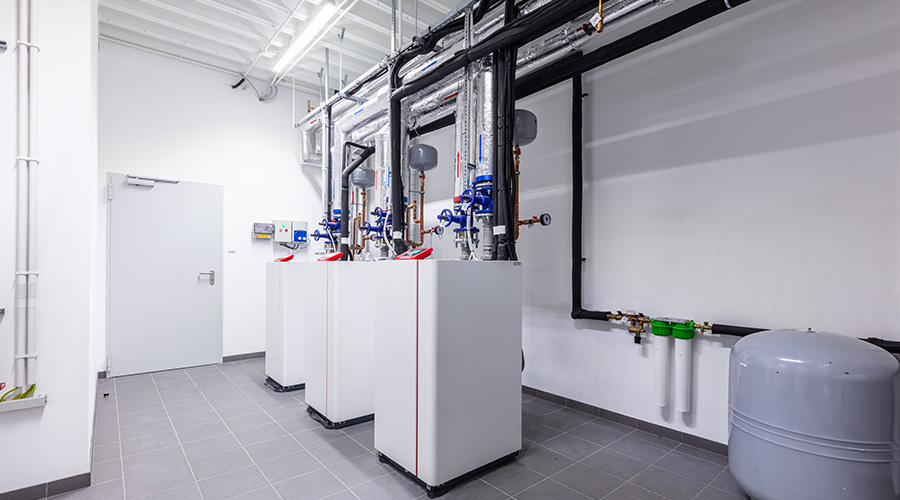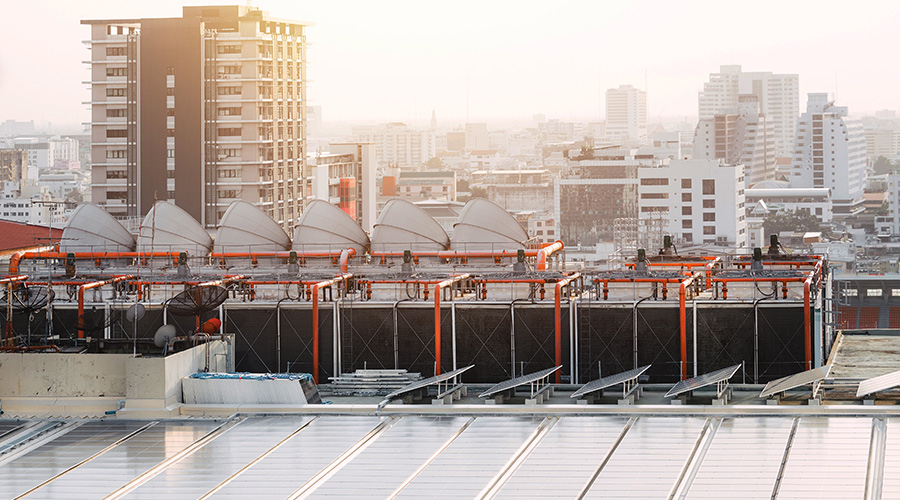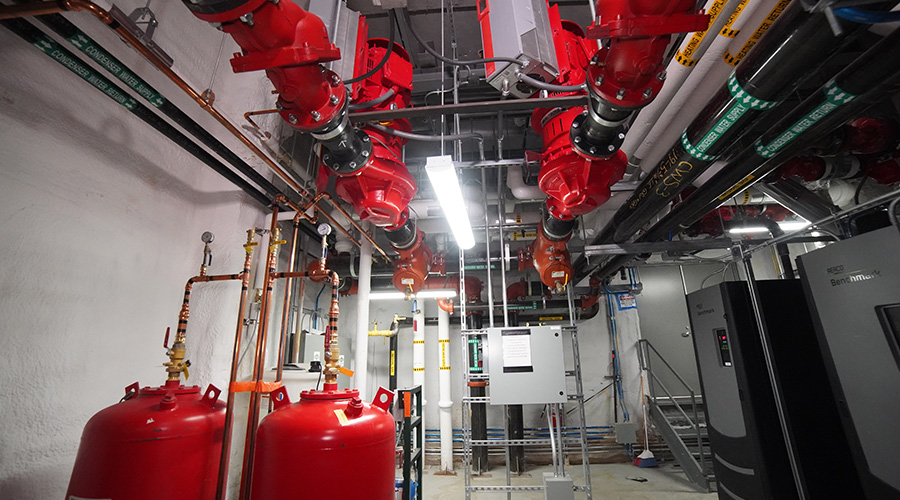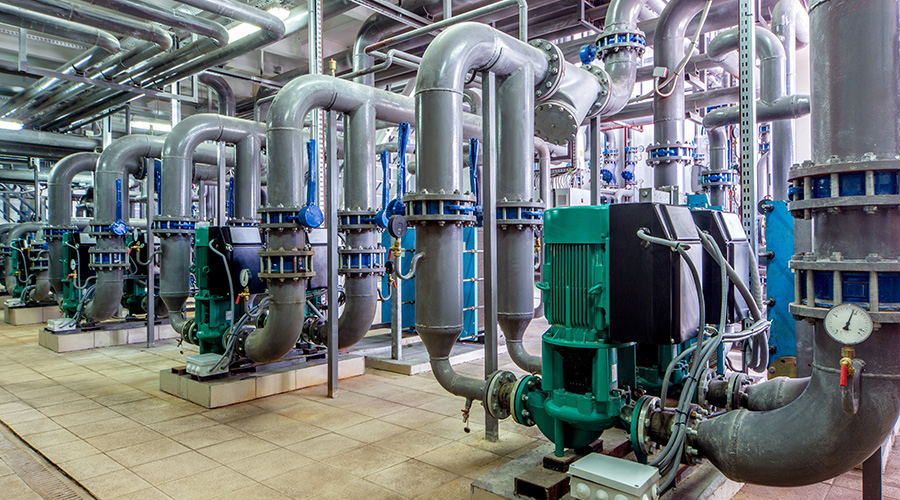Measures To Optimize HVAC Systems Include Energy Audits And Commissioning
The good news is, there are a few things facility managers can do to reveal operational deficiencies as well as to enhance performance, to varying degrees. Measures to optimize HVAC systems include energy audits and commissioning. Indeed, from a simple audit to retro- and ongoing commissioning, reexamining the building's HVAC systems is the first step to optimizing efficiency.
Auditing and Commissioning
ASHRAE's Level I Energy Audit is a general, walk-through energy assessment which identifies immediate options to save energy that are obvious to the naked eye, including lighting, fan operation and other low hanging fruits. Mainly used to identify if a building should continue to the next step, this will satisfy the LEED-EBOM Energy and Atmosphere energy efficiency best management practices prerequisite.
Retrocommissioning builds on the ASHRAE Level I study. Retrocommissioning is a low-cost opportunity to save energy and optimize performance, helping a facility run the best it can with its current equipment and systems. Ideally performed every three to five years, retrocommissioning includes a review of trend data from the building and testing of the HVAC systems and their sequences of operations, including how each should be reacting to various scenarios.
Retrocommissioning will likely uncover three scenarios: space use changes that necessitate system operational changes; systems that aren't working as they're supposed to; and systems that are working as designed, but can still be optimized with new technologies and strategies. Onsite functional testing will ensure that systems are operating as the controls sequence tells them to, and a review of the trend data will identify opportunities to optimize the parameters that are working as intended. Typically, the higher the energy use of a facility, the more it will benefit from retrocommissioning. For example, a hospital or commercial building with long hours of operation and a significant HVAC load can save as much as 5 percent annually from retrocommissioning efforts.
Ongoing or monitoring-based commissioning is similar to retrocommissioning in that it reveals equipment and scenarios that aren't functioning as designed and those that can work better, but with the added benefit of doing this on an ongoing basis. Continuous monitoring of all points in the system is conducted by a team of engineers, while a weekly download of all information, either to a dashboard or through a software platform with fault diagnostics, alerts the operators when there is an opportunity to make an adjustment. Pre-programmed alerts may include an alarm when a chiller is below a certain efficiency, simultaneous heating and cooling is occurring or a temperature gets too warm or cold.
Monitoring-based commissioning provides the opportunity to see the long-term operations and re-evaluate the building's systems on an ongoing basis, and therefore makes building optimization more robust, based on more real-time data over a longer period of time. Also, because the process is ongoing by nature, it will prevent HVAC system performance "drift" after the initial opportunities are implemented.
10 Standard Measures to Optimize Any HVAC System
- Implement or optimize airside dry-bulb economizer controls; implement or optimize air-side enthalpy economizer controls.
- Reduce ventilation (outside air) to ASHRAE 62.1 required levels.
- Implement duct static pressure reset or reduce static pressure set point.
- Reset condenser water entering temperature based on outdoor air temperature.
- Reset chilled water temperature based on outdoor air temperature and humidity.
- Implement or revise supply air temperature reset schedule.
- Schedule chilled water or hot water pumps.
- Schedule air handler start/stop sequence to match space use.
- Reduce or reset pump differential pressure set point.
- Schedule lights with automatic controls to reduce electricity usage and cooling loads.
— David P. Callan and Kyle Hendricks |
Related Topics:













